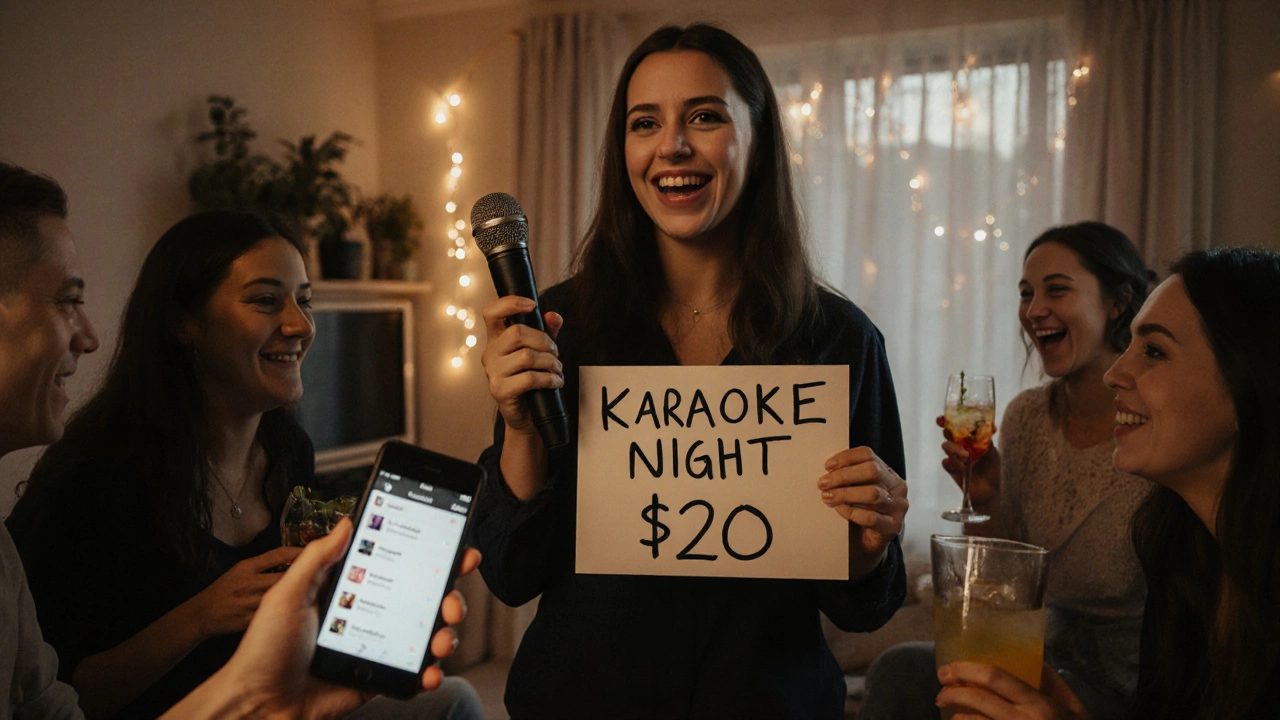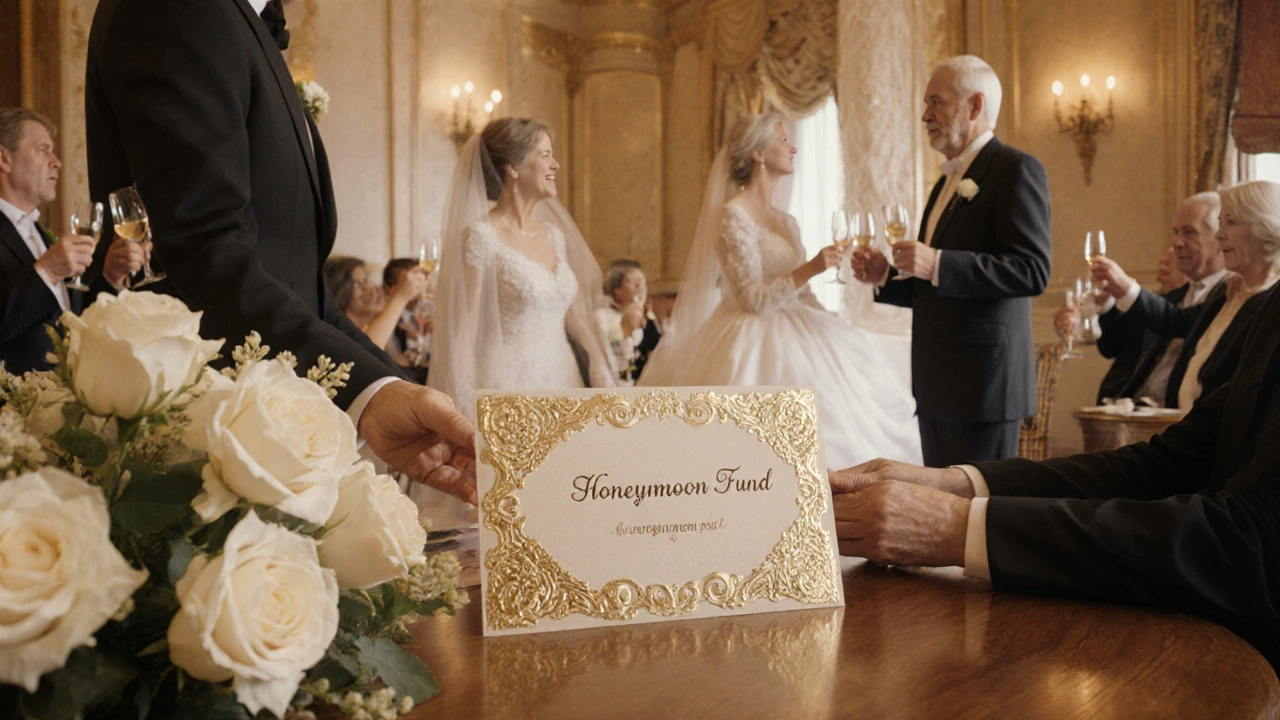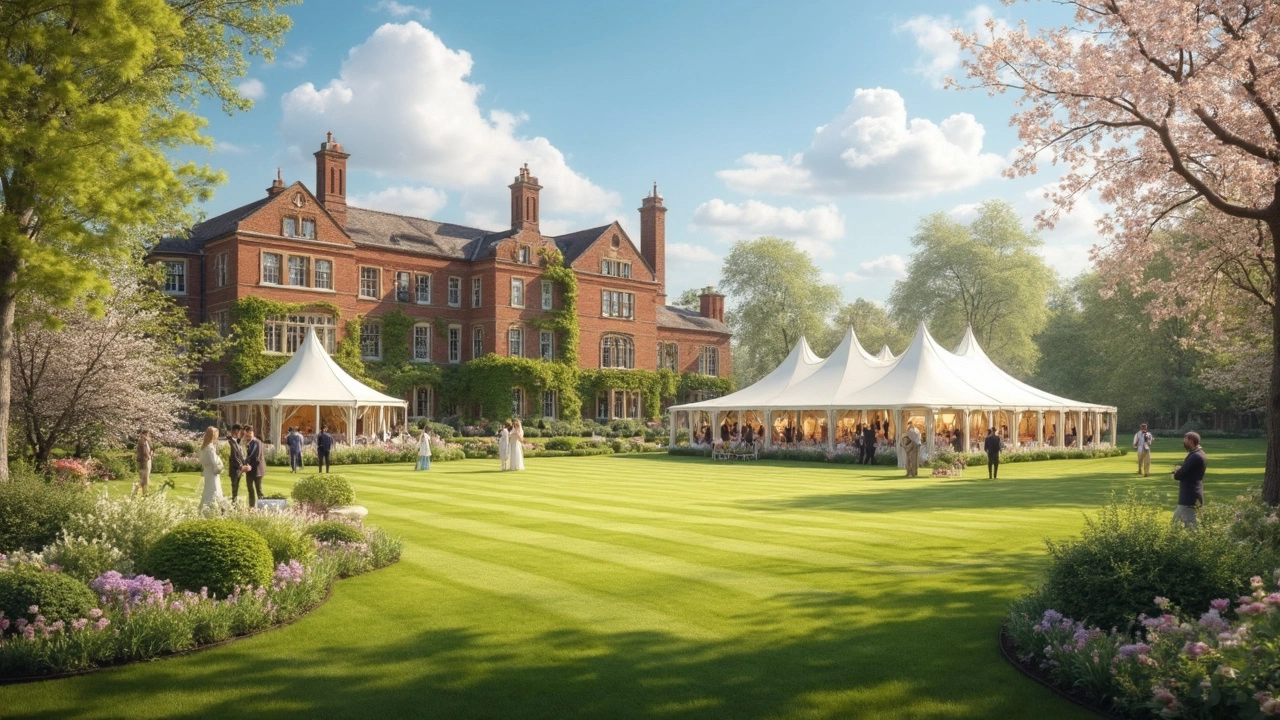Wedding Expenses: Real Costs, Who Pays & Smart Budget Tips
Planning a wedding can feel like a money maze. One day you’re dreaming about a stunning dress, the next you’re staring at a spreadsheet that looks like a phone bill. The good news? Most expenses are predictable, and you don’t have to sacrifice style to stay on budget.
Below you’ll find the biggest cost categories, who usually pays for them, and simple tricks to stretch every pound. Use this guide as a quick reference while you scroll through our related articles – from dress prices to DIY décor.
Understanding Common Wedding Costs
First, know where the money goes. Venue hire is usually the biggest line item, often 30‑40% of the total budget. Next comes catering – food, drinks and service staff can easily match the venue cost, especially if you opt for a sit‑down dinner.
Photography, attire, flowers and stationery add up fast. A professional photographer typically costs between £1,500‑£3,000, while a designer gown can range from £1,200 to over £5,000. Don’t forget the hidden fees: transport, wedding insurance and any extra lighting or sound equipment.
If you’re wondering who traditionally pays, the answer isn’t set in stone. Many couples split costs evenly, while others follow family traditions – parents may cover the venue and catering, the couple handles attire, and siblings chip in for rings or honeymoon. Our article “Who Should Pay For a Wedding?” breaks down modern etiquette and offers a checklist to discuss with families.
Smart Ways to Cut Expenses
Now for the practical part. Start by prioritising three things that matter most to you – maybe the dress, the venue, or the food. Allocate a larger share of the budget to those items and look for savings elsewhere.
Consider a weekday or off‑season wedding; many venues drop rates by 20‑30%. DIY décor can be a fun weekend project – think simple flower arrangements, thrifted table runners, or renting items instead of buying. For stationery, choose a matte invitation finish (our guide compares matte vs glossy) and order a smaller batch of proof prints before committing to a full run.
When it comes to photography, you don’t always need two shooters. Our post “Do You Really Need Two Photographers for Your Wedding?” explains when a single photographer can deliver stunning coverage, saving you a few hundred pounds.
Finally, keep a buffer of at least 5% for unexpected costs. Most couples hit a surprise – a last‑minute dress alteration or an extra cake tier – and a small reserve prevents stress.
Use these tips as a starting point, then dive into the articles linked below for deeper details on each expense. With a clear plan and realistic expectations, you’ll feel confident that your wedding day looks amazing without breaking the bank.

- Oct, 27 2025
- Comments 0
What Does the Maid of Honor Pay For? A Clear Breakdown of Wedding Costs

- Oct, 16 2025
- Comments 0
Who Pays for the Honeymoon? Common Traditions & Tips

- Oct, 9 2025
- Comments 0
Realistic Wedding Cost Guide for Australian Couples

- Jun, 27 2025
- Comments 0
What Is the Biggest Expense in a Wedding? How to Plan for Costs in 2025

- Mar, 28 2025
- Comments 0